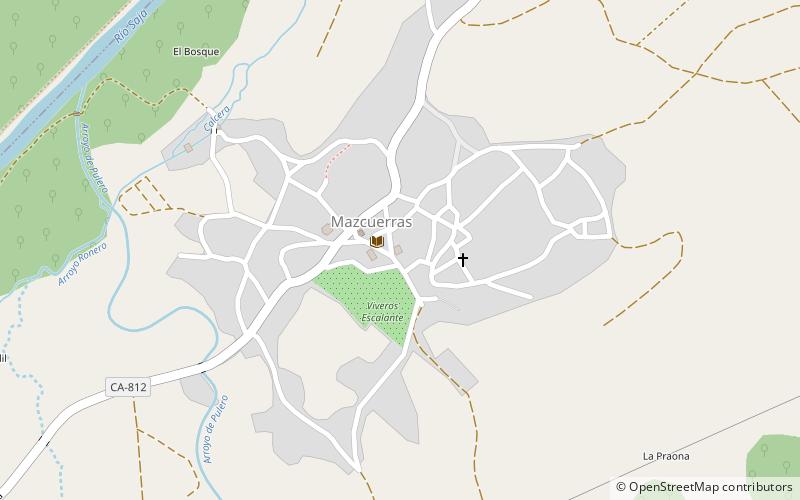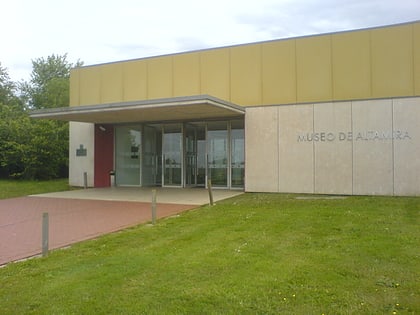Mazcuerras


Facts and practical information
Nestled in the breathtaking Cantabria region of Spain, the charming village of Mazcuerras is a hidden gem waiting to be explored. Surrounded by lush greenery and rolling hills, this picturesque destination offers a peaceful retreat from the hustle and bustle of city life. With its traditional stone buildings and narrow cobblestone streets, Mazcuerras exudes old-world charm and a relaxed atmosphere that is sure to captivate visitors.
One of the main attractions in Mazcuerras is the stunning natural beauty that surrounds the village. Nature lovers will delight in the opportunity to explore the nearby Picos de Europa National Park, where they can hike through rugged mountains, lush valleys, and crystal-clear rivers. The park is also home to a diverse array of wildlife, making it a paradise for birdwatchers and animal enthusiasts.
History enthusiasts will also find plenty to discover in Mazcuerras, as the village is home to several well-preserved medieval buildings and landmarks. The Church of San Sebastián, with its striking Gothic architecture and intricate carvings, is a must-see for anyone interested in religious history and architecture. Additionally, the nearby town of Cabezon de la Sal boasts an impressive medieval tower and a fascinating museum dedicated to the region's rich cultural heritage.
For those looking to immerse themselves in the local culture, Mazcuerras offers a variety of authentic dining experiences and traditional festivals throughout the year. Visitors can savor delicious regional cuisine, such as freshly caught seafood and hearty stews, while enjoying the warm hospitality of the local residents. The village's lively fiestas, featuring colorful parades, music, and dancing, provide a wonderful opportunity to experience the vibrant traditions and customs of Cantabria.
Mazcuerras – popular in the area (distance from the attraction)
Nearby attractions include: National Museum and Research Center of Altamira, Sierra del Escudo de Cabuérniga, Monumento natural de La Fuentona, Museo de la Naturaleza.





